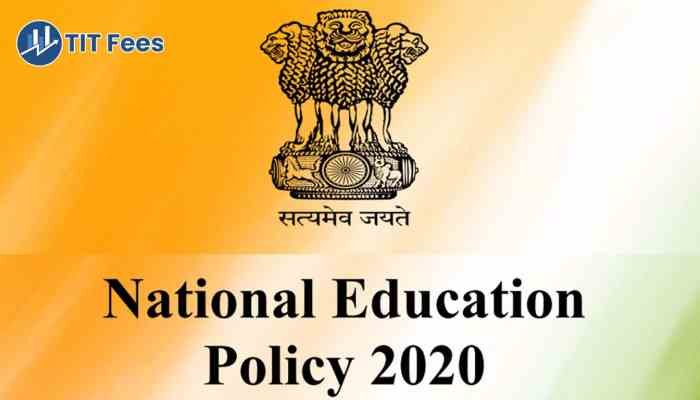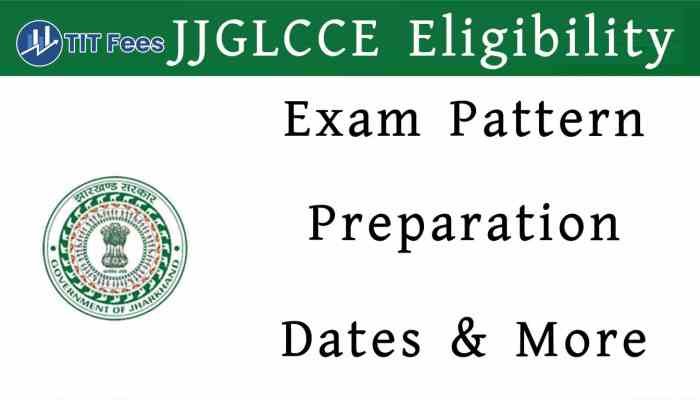Understanding NEP 2020: Transforming India’s Education System
Introduction
Imagine a young child in rural India, starting their educational journey at age three, engaging in playful learning that sparks curiosity. Fast forward, they navigate a flexible curriculum tailored to their interests, preparing them for a dynamic world. This is the vision of the National Education Policy 2020 (NEP 2020), a landmark reform approved on July 29, 2020, by the Union Cabinet. NEP 2020 aims to transform India into a global knowledge superpower, making education accessible, equitable, and relevant. This guide explores NEP 2020’s core components, addressing its aims, structure, key features, and impact on India’s education system, tailored for students, parents, and educators in India.
What is NEP 2020?
The National Education Policy 2020 is India’s first education policy of the 21st century, replacing the 1986 National Policy on Education. Developed under Dr. K Kasturirangan’s leadership, NEP 2020 seeks to address modern educational needs through a holistic, flexible, and multidisciplinary approach. It covers education from early childhood to higher education, emphasizing critical thinking, creativity, and inclusivity. The policy aligns with the 2030 Agenda for Sustainable Development, aiming to make India a vibrant knowledge society. As Vajiram and Ravi notes, it proposes reforms suited to 21st-century needs, though some critics, like the JNU Students’ Union, argue it was rushed during the COVID-19 pandemic.
PDF Download: Download our comprehensive NEP 2020 guide for offline reading: NEP 2020 Guide.pdf
Main Aims of NEP 2020
NEP 2020 envisions an education system that unlocks every student’s potential while fostering national development. Its primary aims include:
- Universal Access: Ensuring quality education for all, from pre-school to secondary levels, targeting a 100% Gross Enrolment Ratio (GER) by 2030.
- Equitable Society: Promoting social justice, equality, and inclusion, especially for Socio-Economically Disadvantaged Groups (SEDGs).
- Global Knowledge Superpower: Preparing students for global challenges while rooting education in Indian ethos, as outlined by the Ministry of Education.
- Holistic Development: Fostering cognitive, social, ethical, and emotional growth to create well-rounded individuals.
By 2040, NEP 2020 aims for an education system second to none, with equitable access for all. As Nelson Mandela said, “Education is the most powerful weapon which you can use to change the world,” reflecting NEP 2020’s transformative potential.
The 5+3+3+4 Structure
NEP 2020 replaces the traditional 10+2 structure with a 5+3+3+4 curricular framework, aligning with children’s developmental stages across ages 3-18. Here’s a breakdown:
| Stage | Duration | Age Group | Focus |
|---|---|---|---|
| Foundational | 5 years (3 pre-school + Grades 1-2) | 3-8 | Play-based, activity-based learning |
| Preparatory | 3 years (Grades 3-5) | 8-11 | Language, mathematics, environmental studies |
| Middle | 3 years (Grades 6-8) | 11-14 | Science, social science, arts, experiential learning |
| Secondary | 4 years (Grades 9-12) | 14-18 | Multidisciplinary subjects, critical thinking, flexibility |
This structure, detailed in the NEP 2020 document, ensures age-appropriate education, fostering creativity and reducing rote learning. For example, a student in the Foundational Stage might learn through storytelling, while a Secondary Stage student could choose subjects like coding alongside literature.
Five Key Points of New Education Policy 2020
New Education Policy 2020 introduces several transformative reforms. Here are five key points:
- New Curricular Structure: The 5+3+3+4 framework redefines educational stages for holistic development.
- Early Childhood Care and Education (ECCE): Universal access to quality ECCE for ages 3-6, targeting implementation by 2030.
- Multilingualism: Mother tongue instruction until at least Grade 5, promoting regional languages and cultural identity.
- Assessment Reforms: Shift to competency-based assessments, reducing reliance on high-stakes exams, as per PIB highlights.
- Vocational Education: Integration from Grade 6, aiming for 50% student exposure by 2025, aligning with SDG 4.4.
These reforms aim to make education engaging and practical, though some, like CPI(M) leader Sitaram Yechury, criticize potential commercialization risks.
Five Guiding Pillars of NEP 2020
NEP 2020 is founded on five guiding pillars, as confirmed by the Ministry of Education:
- Access: Ensuring every child has access to quality education, regardless of socio-economic or geographic barriers.
- Equity: Addressing disparities, with initiatives like the Gender-Inclusion Fund for girls and transgender students.
- Quality: Enhancing education through curriculum reforms, teacher training, and technology integration.
- Affordability: Reducing financial barriers to make education accessible to all.
- Accountability: Establishing transparent governance and regulatory frameworks, like the Higher Education Commission of India (HECI).
Some sources, like a Goa government statement, omit Affordability, but the official policy includes all five.
Implementation and Timeline
NEP 2020’s implementation is phased with clear milestones:
- 2025: Achieve universal foundational literacy and numeracy by Grade 3.
- 2030: Reach 100% GER from pre-school to secondary levels.
- 2035: Increase higher education GER to 50% from 26.3% (2018).
- 2040: Transform all higher education institutions into multidisciplinary entities.
Initiatives like the National Research Foundation and National Educational Technology Forum support these goals. States like Telangana and Assam have begun implementation, as noted in Wikipedia.
Impact on Indian Education
NEP 2020 will reshape India’s education system:
- Curriculum and Pedagogy: Emphasis on experiential learning and critical thinking, reducing rote memorization.
- Teacher Training: Mandatory 4-year integrated B.Ed. by 2030 and 50 hours of annual professional development.
- Inclusivity: Special Education Zones and Gender-Inclusion Fund to support SEDGs.
- Technology: Platforms like DIKSHA and SWAYAM enhance digital learning access.
- Global Competitiveness: Multidisciplinary education prepares students for global careers.
As Dr. APJ Abdul Kalam said, “Learning gives creativity, creativity leads to thinking, thinking provides knowledge, and knowledge makes you great,” aligning with NEP 2020’s vision.
Related Posts
Frequently Asked Questions
What is the main aim of NEP 2020?
The main aim of NEP 2020 is to transform India into a global knowledge superpower by providing high-quality, holistic, and inclusive education, fostering critical thinking and national values.
What is 5+3+3+4 in the new education policy?
The 5+3+3+4 structure divides education into four stages: Foundational (5 years, ages 3-8), Preparatory (3 years, ages 8-11), Middle (3 years, ages 11-14), and Secondary (4 years, ages 14-18), focusing on age-appropriate learning.
What are the 5 points of NEP?
Five key points include the 5+3+3+4 structure, early childhood education, multilingualism, assessment reforms, and vocational education integration, enhancing holistic and practical learning.
What is the age group for NEP 2020?
NEP 2020 covers ages 3-18, from pre-school to secondary education, with stages tailored to developmental needs.
What are the four pillars of NEP 2020?
While some sources mention four pillars, NEP 2020 is officially based on five: Access, Equity, Quality, Affordability, and Accountability, ensuring a comprehensive educational framework.
Conclusion
NEP 2020 is a bold step towards reimagining India’s education system, making it inclusive, flexible, and future-ready. By prioritizing access, quality, and equity, it aims to empower every student to contribute to a vibrant knowledge society. As Mahatma Gandhi said, “Live as if you were to die tomorrow. Learn as if you were to live forever,” encapsulating the lifelong learning ethos of NEP 2020. We invite you to share your thoughts on NEP 2020 in the comments below or explore related articles on our site.







